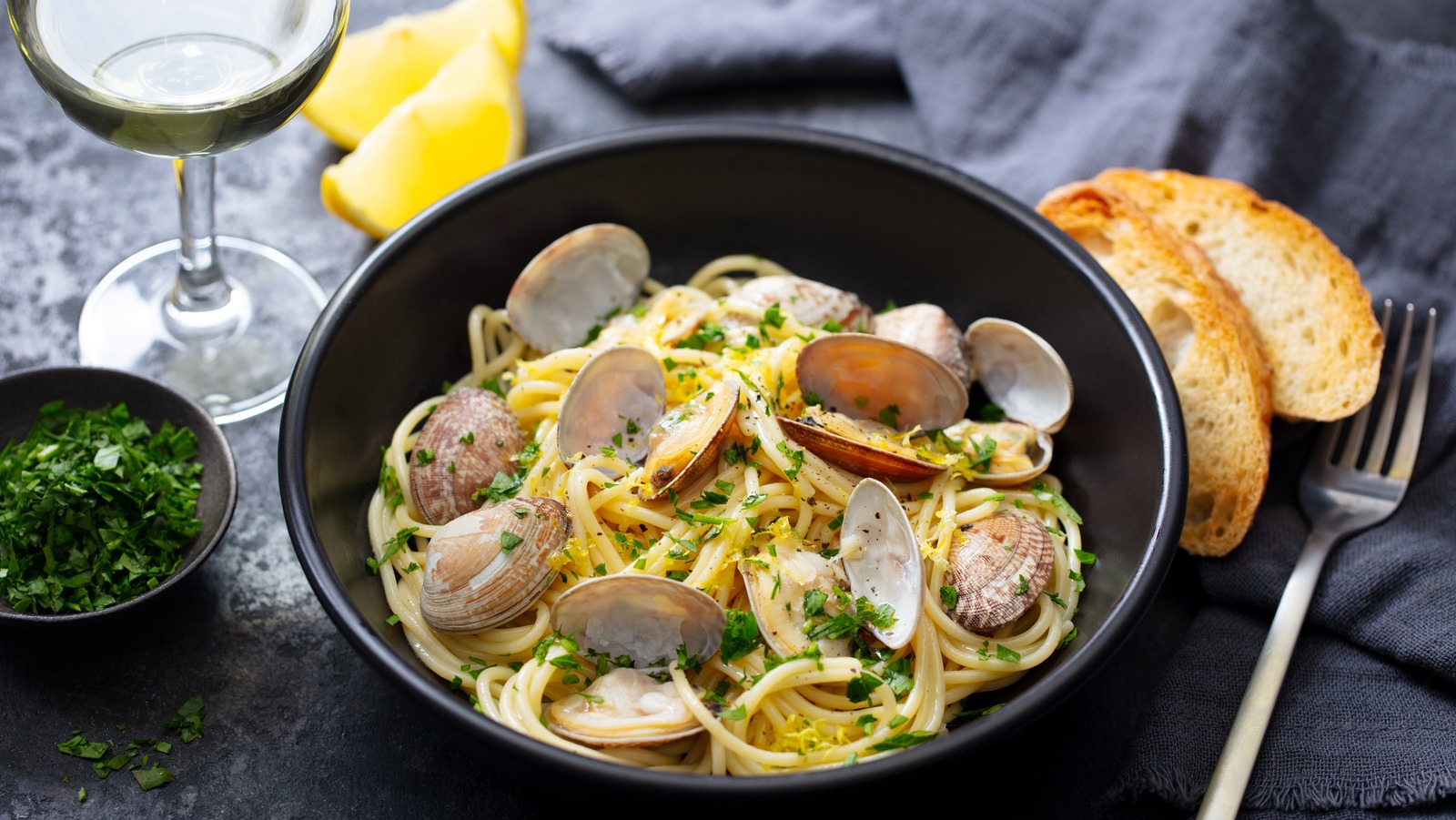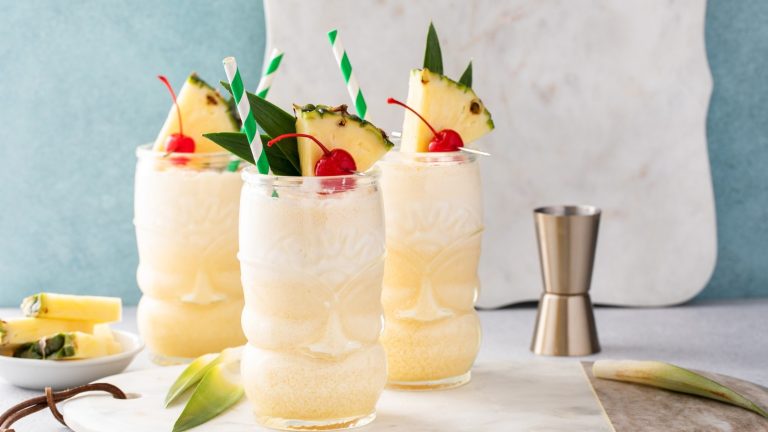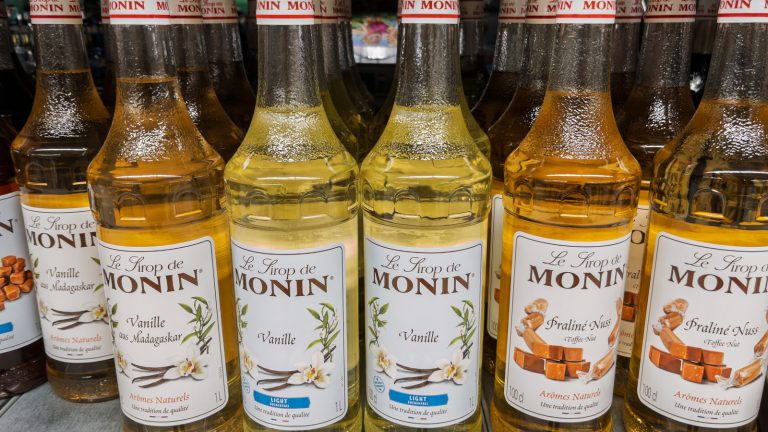White wine is more than just a classy dinnertime sip. Whether it’s added to a rich and savory French onion soup or a creamy shrimp scampi, white wine is a subtle, yet key ingredient in thousands of classic recipes. It’s a surefire way to insert an extra dash of brightness and acidity that your dish might be lacking. But, if you’re sensitive to alcohol, prefer not to drink it, or your kitchen lacks the proper bottle of vino, don’t fret — you probably have a fitting white-wine substitute hanging around in your pantry. That substitute? Ginger ale.
You might be thinking that this fizzy soda swap sounds odd, but here at Tasting Table, we believe that ginger ale is one of the best substitutes for white wine out there. When cooked down in a recipe, ginger ale has a remarkably similar flavor profile to a sweeter white wine. In fact, the birth of Canada Dry ginger ale may have been inspired by Champagne, since it has a lighter and dryer flavor profile compared to other sodas, with a similar effervescence to a bottle of bubbly. Ginger ale has a crisp finish, with a slightly-spicy kick that offers a unique complexity, making it a great alternative to wines such as a moscato or riesling. You can use ginger ale as a 1:1 substitute in practically all recipes calling for white wine, so long as the dish doesn’t require any flambéing, since the soft drink lacks any alcohol.
What recipes work best with ginger ale?
Ginger ale (by the way we don’t mean ginger beer here, just the non-alcoholic ginger ale) contains a substantial amount of sugar, so it shines brightest in desserts or dishes with a predominantly sweet flavor. The drink’s comforting ginger spice and sugar content are practically tailormade to complement dishes with warm and cozy flavors. This is especially true if fruits are the star of the show. Recipes like our white wine-baked apples or poached peaches in white wine are great applications for this tantalizing non-alcoholic substitute, as the ginger ale’s essence gives each bite of the cooked fruit a delightfully bright zing.
This isn’t to say that ginger ale doesn’t work in more savory-forward recipes, though. You can of course use it in any recipe, but dishes that have a bit of smokiness, like a white wine pasta with mussels and smoked bacon or a blackened chicken with white wine sauce, can greatly benefit from the drink’s mellow sweetness and spicy notes. Not only that, but ginger ale cuts through the heaviness of high-fat meats such as pork belly, creating a balanced, more nuanced experience when used in a glaze or reduction.
If you’re not a fan of how your dish tastes after using ginger ale as a white wine substitute, try adding in a little bit of freshly-squeezed lemon juice or apple cider vinegar as you cook. Adding more acid to your ginger ale helps to cut through the beverage’s sweetness, creating a taste that more closely resembles a drier, semi-sweet white wine, such as a pinot grigio.






